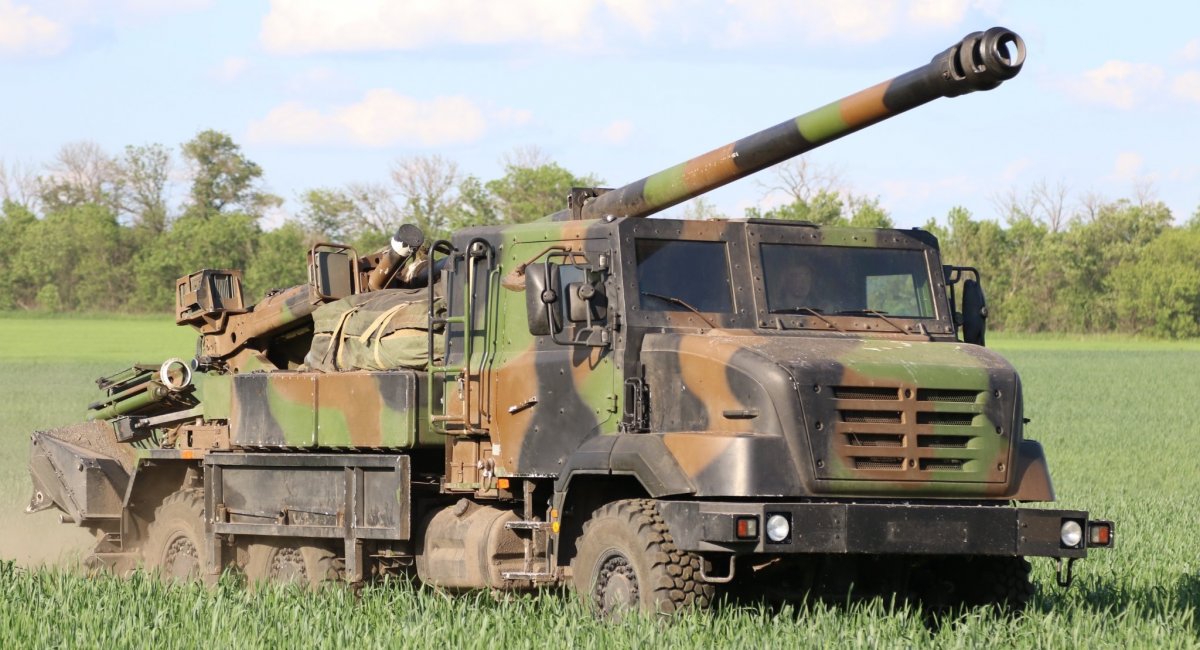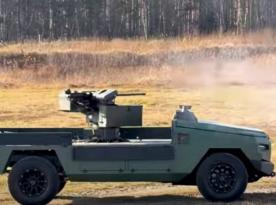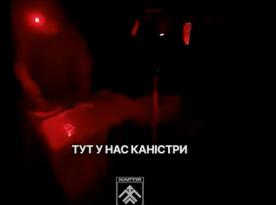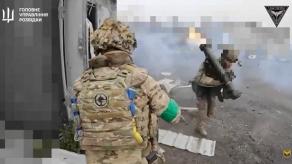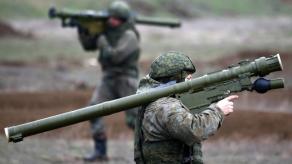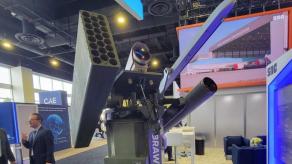French parliament's National Defence and Armed Forces Committee has presented a very detailed report labeled "Artillery in the Light of the New Strategic Context." The document summarized data collected throughout 17 hearings and 5 business trips, including visits to Ukraine, to assess the realities of artillery warfare on the modern battlefield.
Notably, among the lines on the national artillery development, the report presents an analysis of experiences the Armed Forces of Ukraine had using the CAESAR wheeled self-propelled artillery system and names the casualties among Caesars operated by Ukrainians: it currently stands at 10% of all units in service.
Read more: Bulgaria's Path From Soviet 2S1 Gvozdika to CAESAR Shows Why EU is So Hesitant About a Unified Army
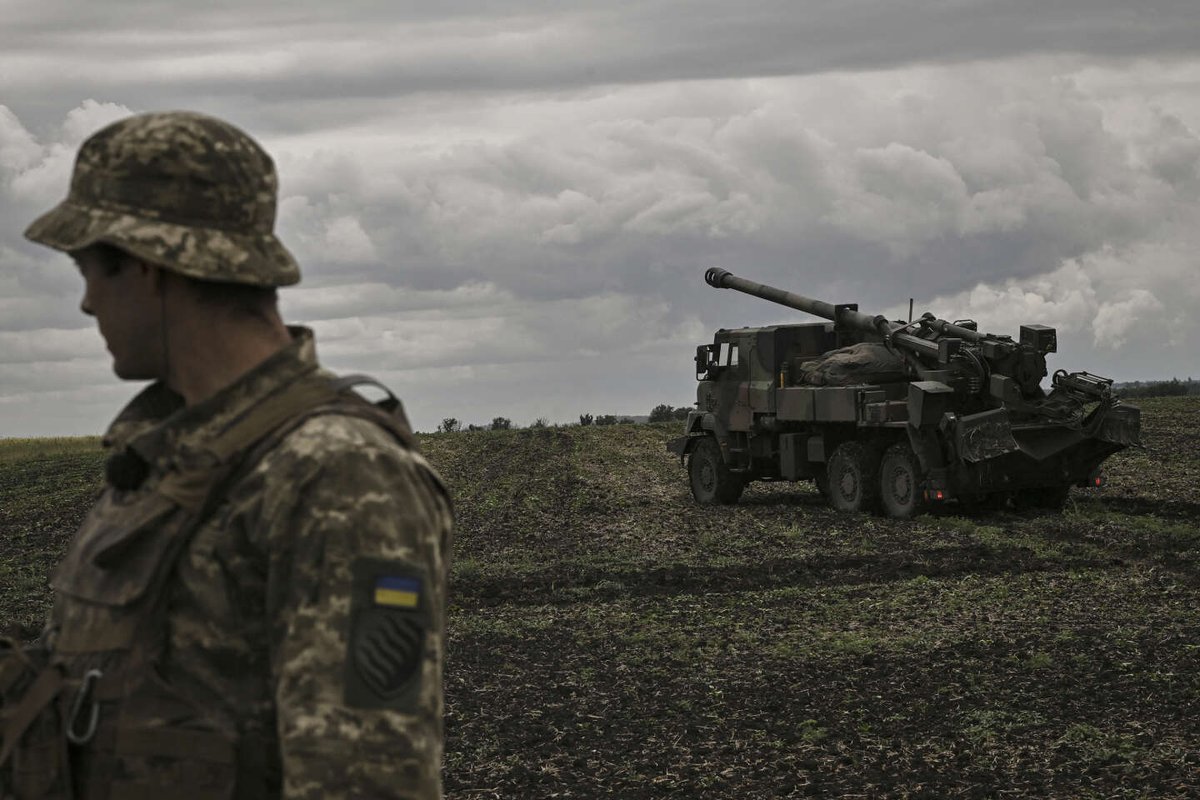
Although only such a vague figure is listed, we can complete the picture since the number of Caesar systems donated to Ukraine is public. In the plans announced by the French Ministry of Defense, Ukraine's total number of Caesar systems would be 78 by the end of 2024 with ongoing supplies. Thus, the irreversible Caesar losses should be about 7 artillery pieces since 2022 when the first batch was delivered. Defense Express notes that the number appears surprisingly low given the intensity of war and counter-battery warfare in Ukraine particularly.
The report also states that this indicator of irreversible losses is "2-3 times lower than the number of decommissioned artillery systems of similar architecture", but without names. This difference is explained by the fact that the CAESAR on the 6x6 chassis has smaller dimensions, which allows it to be better camouflaged, and it also leaves less noticeable wheel marks behind it. In addition, its field repair is simpler, and the machine has "emergency systems" (without specification) that allow it to move away from the position after being hit.
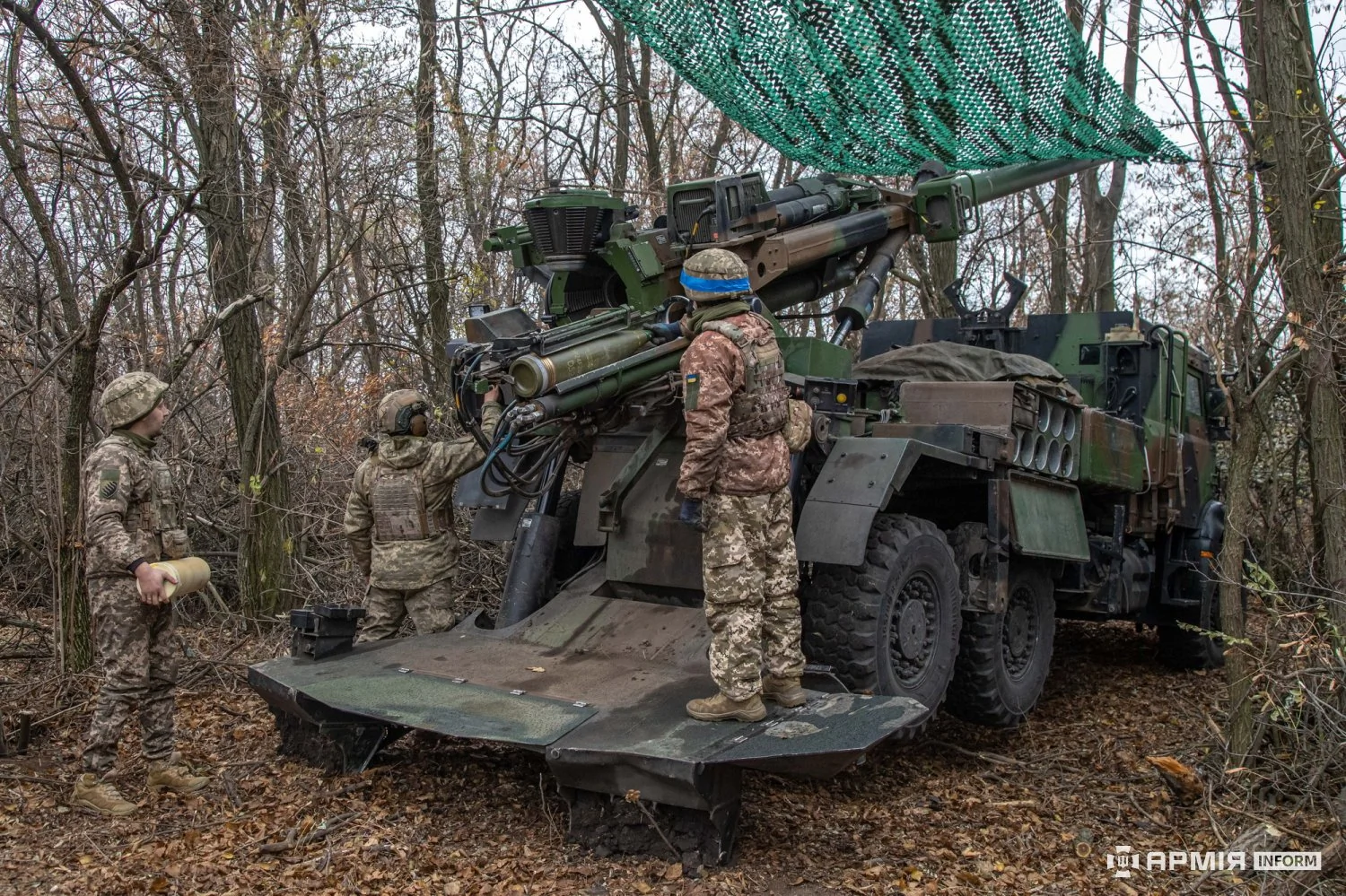
"According to open sources [data] reported by KNDS at the hearing, less than 10% of CAESARs are out of service, compared with 2 to 3 times more for other guns of comparable architecture, while the availability after five months' use of the PzH2000 and Archer has fallen to 32% and 38% respectively, compared with over 60% availability for the CAESAR," reads the document.
The lower losses of Caesars are attributed to its compact size in the 6x6 version, allowing the gun to be quickly camouflaged compared with foreign models, reducing chances of detection by enemy sensors, and granting higher maneuverability in limited spaces. The wheeled chassis also leaves a smaller footprint compared to systems on caterpillar tracks.
On top of that, the vehicle has "emergency devices" (not specified) to ensure the vehicle can leave position in case it comes under fire and is generally less intricate than other systems of the class, making it easier to repair in the field.
As for combat readiness at 60% of Caesar in Ukrainian forces, the higher indicators compared to PzH 2000 and Archer's are largely explained by the French howitzer's much simpler design and the availability of a mechanized ammo loading mechanism.

For example, the PzH 2000 is known to have reliability problems, first reports dating back to 2022. That said, Archer being more reliable than German PzH 2000 is a real surprise. After all, the Swedish artillery system is considered one of the most automated in the world. Establishing the key factors requires more data, at least some hints about the intensity of Archers' usage.
The report only provides general figures: one 155mm artillery system in the Ukrainian forces fires from 60 to 90 rounds per day, peaking at 150 rounds daily. The fire is opened mostly at maximum ranges, which implies the need to utilize full propellant charge and thus faster barrel wear.
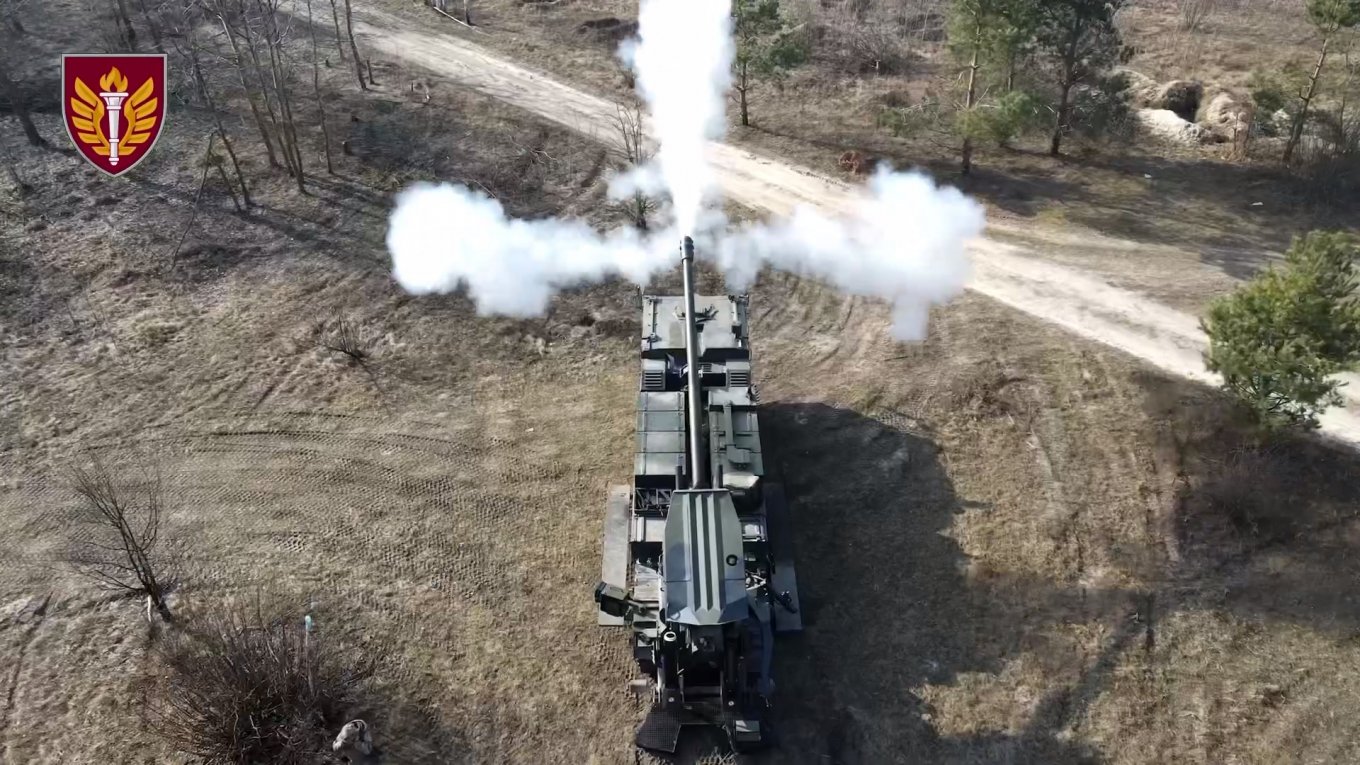
The parliamentarians note that the French defense industry not always can keep up with this wear, that is, the supply of spare barrels would benefit from improvement. The French-German KNDS company has not yet achieved the planned production expansion to 12 Caesars per month. As of 2024 and onward, the lines could output six artillery pieces a month. On the other hand, the manufacturer has managed to shorten the technological production cycle from 30 to 15 months per unit.
To put this into perspective, the declared production rate of Ukrainian-made 2S22 Bogdana wheeled artillery system from the Kramatorsk Heavy Machine Tool Plant (part of NAUDI) was about six guns a month back in 2023. By now, the manufacturer has cranked up to 36 units monthly. Though we should note that this figure most likely includes both self-propelled guns and the new towed 2G22-BG Bohdana-B.
Read more: New Details On Ukrainian 2S22 Bohdana Self-propelled Howitzer Became Known




